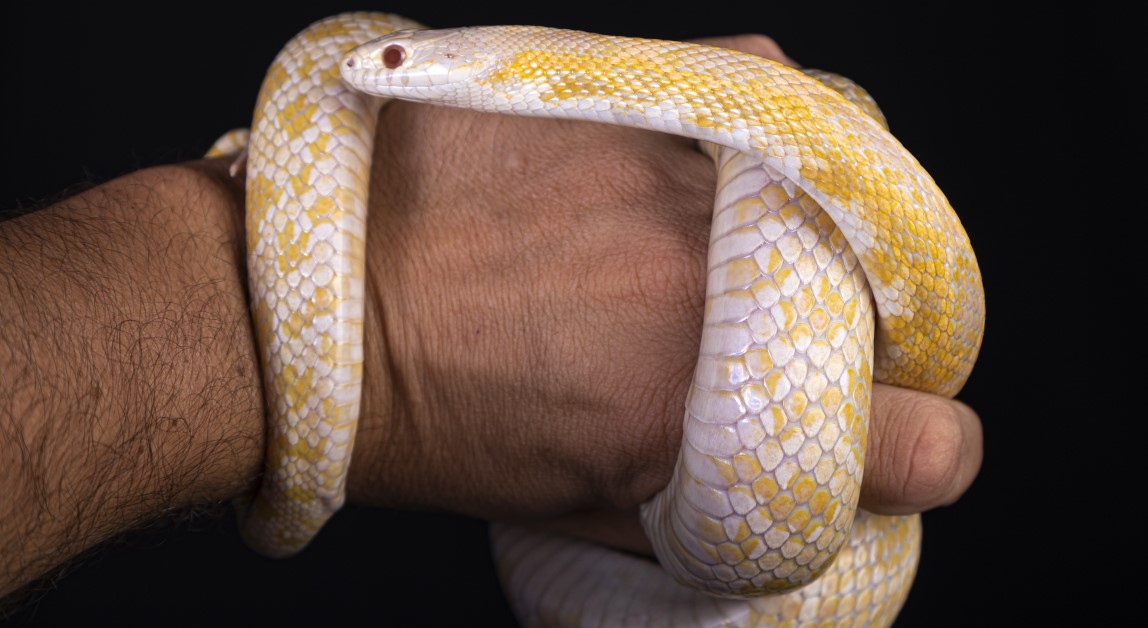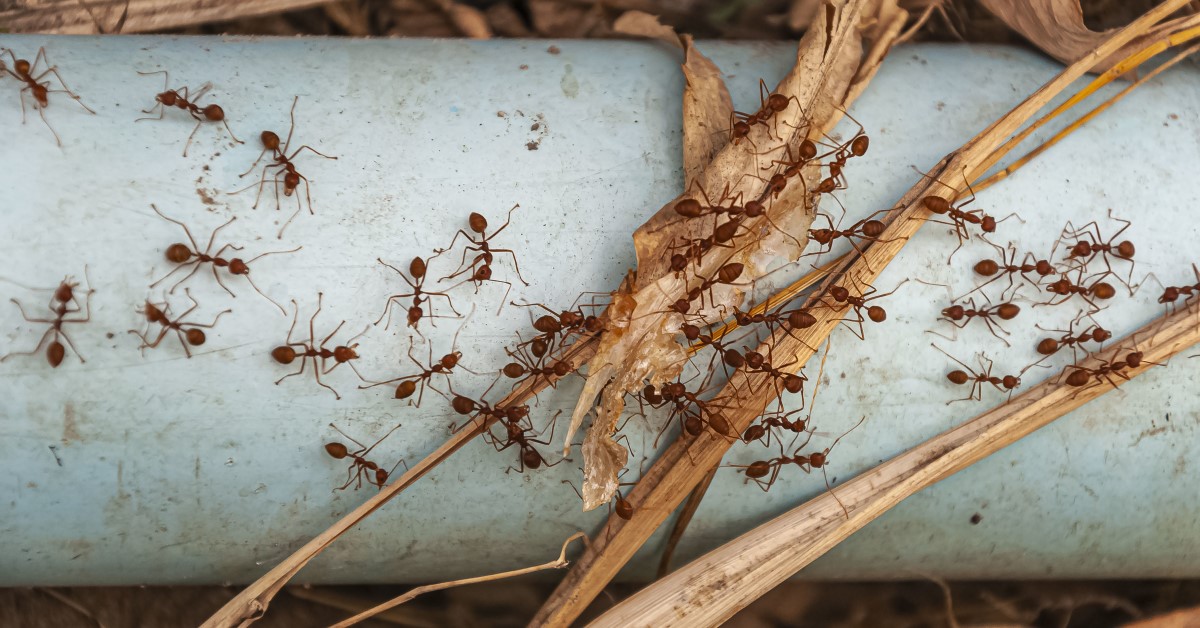Keeping and Caring for Your Pet Snake
If a pet snake has slithered its way into your heart, these tips will help you take good care of it.

Not all pets have four legs -- in fact, some of them don't have any legs at all! While some species of snakes pose obvious threats to humans, other animals, and the local ecosystem, many others have found a welcome place in American homes as pets. If you're ready to move beyond the traditional world of pet dogs and cats, you'll want to understand the special needs of these reptiles before leaping into a purchase at your local pet store. Let's look at some key aspects of snake health, wellness, and safety for pet owners.
Creating a Healthy Environment for Your Pet Snake
Proper snake care begins with the right snake enclosure. Whether you choose a plastic container or an aquarium, start with a 10 to 20 gallon capacity at the minimum. Use Astroturf, towels, or shredded paper for bedding. Be sure to remove the bedding and clean the enclosure every two to three days.
Like other cold-blooded animals, snakes need a steady supply of warmth, ideally over a range of temperatures. Place your heat source at one end of the enclosure so that the warmth will radiate toward the cooler end. Then place a thermostat at each end to monitor the temperatures. The cooler end of the enclosure should hover around 70-75 degrees Fahrenheit, while the warmer end should maintain a temperature of 90-95 degrees Fahrenheit.
Because snakes love to crawl and explore, your new friend will appreciate the presence of some "decor" in its enclosure. Clay pots or rocks can give your snake some occasional privacy, while a wooden branch to rub against can help it shed its skin as needed.
Feeding Your Snake
In the wild, snakes feed on other animals -- not just bits of meat, which might not provide a full range of nutrients, but the entire creature. While some snakes can consume small birds, most owners turn to rats and mice for their snake feeding needs. Dead, frozen prey offers a safer, more convenient option than live animals. Your veterinarian may also recommend that you supplement your snake's diet with specialized liquid nutrient supplements.
Snakes need water as well as food. Your pet snake will use the water you provide, not only for drinking, but also for moisturizing themselves. That's why you need to provide a water bowl big enough for your whole snake to fit into. Just make sure to use non-chlorinated water or filter the chlorine out of your tap water before you fill that bowl.
Handling Your Snake Safely
It's all too easy to hurt a snake by handling it incorrectly. To safeguard your snake during handling, pick it up from the middle of its body whenever possible. If you try to grip it by the head, you could injure its delicate eyes. Hold the snake gently, offering it your other hand so it can slide from one hand to the other securely.
A snake that doesn't feel secure will slither around on your hands rapidly, a sign that it's experiencing stress. If you're holding and supporting your snake properly, it won't experience fear of falling. A relaxed snake that feels safe will move around slowly and casually, or simply sit still, as opposed to thrashing and flailing.
Watching for Potential Health Issues in Your Snake
Snakes can get sick, just like any other pet. As a concerned owner, you need to be able to recognize potential signs of illness so you can take your pet to the appropriate veterinary expert (see below) at the earliest opportunity. Telltale changes in your snake's outward appearance may include skin discoloration, unexplained weight loss, abnormal shedding, and eye, mouth, or nose discharge. A sick snake may also have noticeable trouble breathing, lose interest in food or water, and instinctively try to hide itself from prying eyes (and potential prey).
Digestive symptoms can also signify a serious health problem. Your snake may either produce fewer droppings than usual or suffer from runny droppings. If the latter problem persists for more than two days, it's time to call the vet.
Don't forget that your snake dines on creatures that don't necessarily want to be eaten. Watch out for bite marks and other small wounds left behind by prey animals. These wounds could promote bacterial infections.
Some snakes experience a problem called dysecdysis in which the skin sheds improperly or incompletely. This situation can turn serious if the partly-shedded skin wraps tightly around the tail, cutting off circulation. Dysecdysis can also result in cloudy eyes due to retained eye cap skin. Thankfully, your vet can safely remove old skin that threatens permanent damage while also counseling you on how to reduce the odds of recurrence.
The Final Step: Finding a Qualified Vet
Snake wellness and health goes beyond simply reacting to obvious trouble after it strikes; it also requires ongoing preventative care from a veterinarian who actually knows how to tend to these animals' needs. Make a priority of locating a well-regarded exotic animal vet and then schedule periodic wellness exams. The right practitioner can run all the necessary evaluations to determine your pet's state of health, treat injuries or illnesses before they get worse, and advise you on how to be a better snake owner. Have fun with your scaly new friend!
Ready to start saving money on pet wellness care?
Then take a look at Mint Wellness, the pet wellness plan that provides fast reimbursement on routine pet care. Save on vaccinations, wellness exams, preventatives, dental, and more!
Learn More


